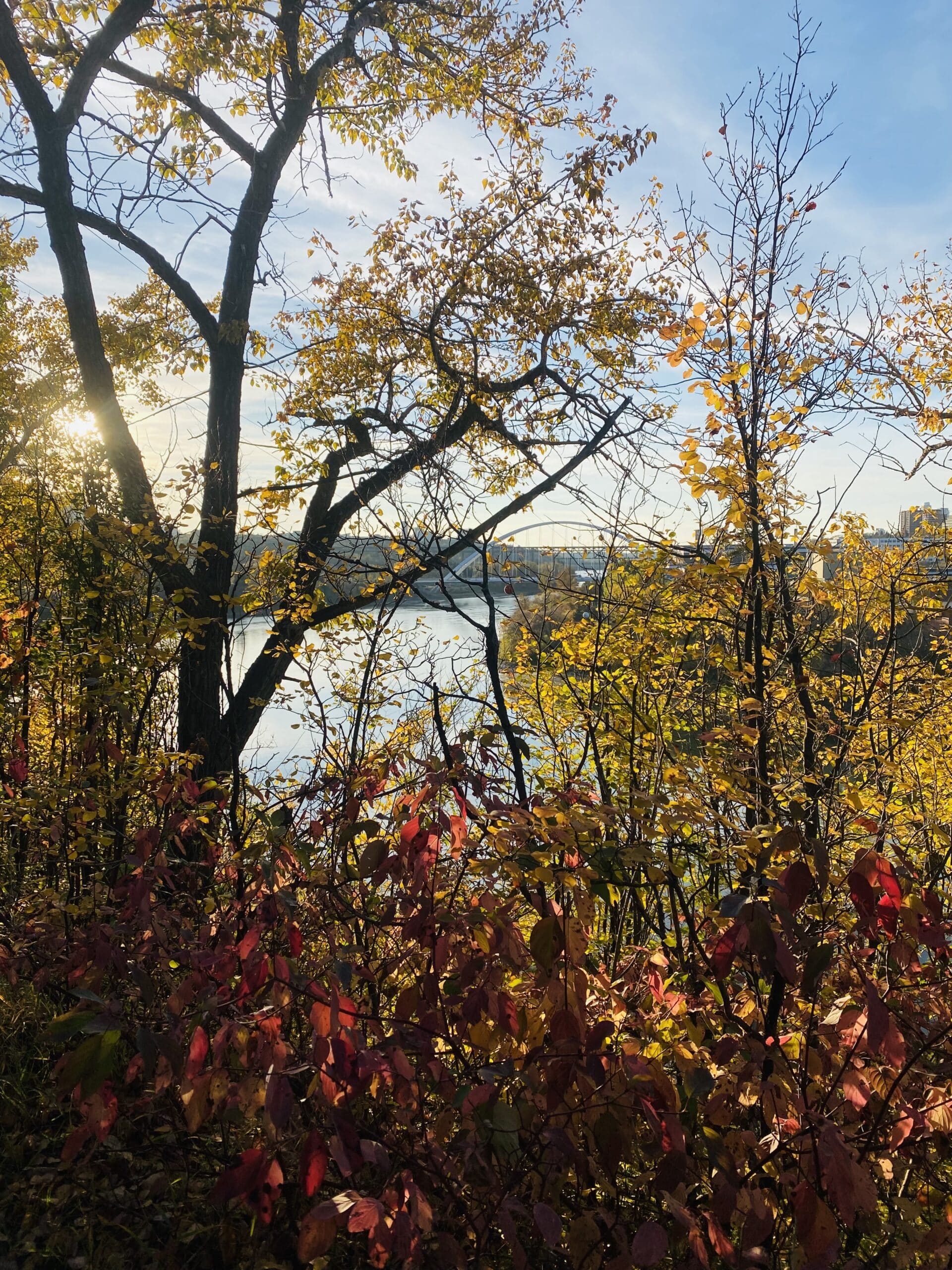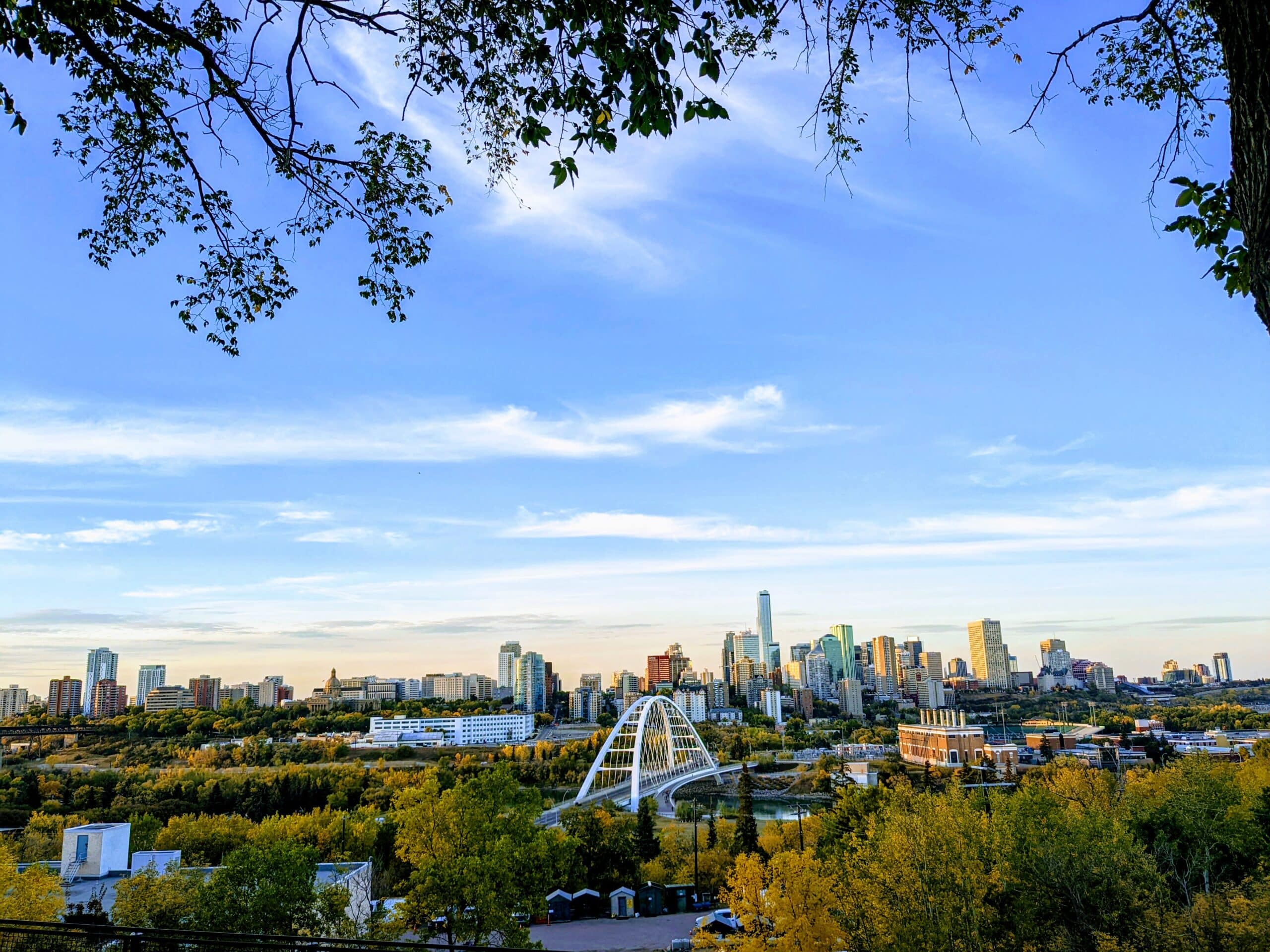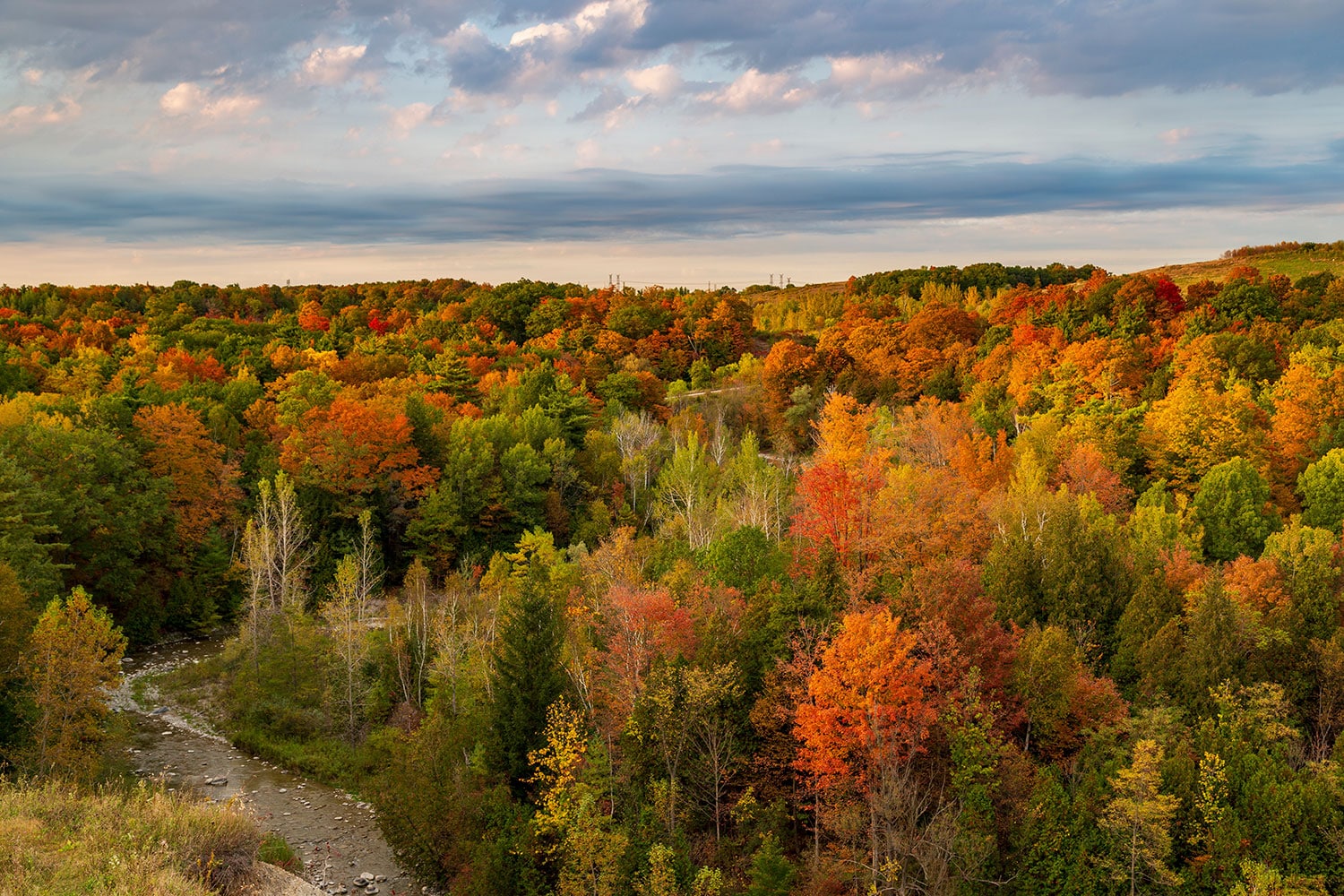The North Saskatchewan River Valley and Ravine systems contributes to significant ecological connectivity in the greater Edmonton area and will be key to protecting biodiversity in the region, and contributing to climate mitigation and adaptation initiatives. The North Saskatchewan River Valley in the Edmonton region has the unique opportunity to join a National Urban Park Network.

What is a National Urban Park?
Urban protected areas are protected areas situated in or at the edge of larger population centres, and managed by federal, provincial, or local governments, in some cases in collaboration with local environmental or community organizations.
National Urban Parks would meet the International Union on the Conservation of Nature’s definition of a protected area and can be in any of its six Management Categories: A clearly defined geographical space, recognized, dedicated and managed, through legal or other effective means, to achieve the long-term conservation of nature with associated ecosystem services and cultural values.
In order to be effective, National Urban Park planning should be done at the regional scale and partner closely with other regional interests including Indigenous communities, municipalities, federal and provincial governments, non-profit organizations, private land holders and industry. The key principles and values of establishing a National Urban Park must be centered on conserving nature while providing benefits to people in a way that fosters reconciliation and respects the leadership and sovereignty of Indigenous nations.

Connection to Community, Nature, and History

Easing Access to Nature

Protecting Urban Biodiversity
Ensuring urban protected areas are well-designed and well-managed will be critical for delivering on the federal government’s commitment to halt and reverse biodiversity loss by 2030 and contribute to delivering on their promise to protect 30% of the country by 2030, particularly in southern Canada.
Maintaining and restoring ecological connectivity in urban and near-urban environments will also be essential to ensure urban protected areas live up to their potential to address biodiversity loss and contribute to climate change adaptation.
Support a National Urban Park in the Region
As the planning and feedback stages progress, there will be plenty of opportunity to get involved in how you want a National Urban Park to look like in the region. Subscribe to our newsletter, to stay updated and involved!
A National Urban Park in Edmonton
The City of Edmonton, Treaty 6 First Nation, and Metis Nation of Alberta are exploring a new park opportunity with Parks Canada in the Edmonton region. The North Saskatchewan River Valley in the region is a treasured place for many. The area provides easy access to natural spaces from an urban center and places for community to gather. The working group for the project is looking for potential sites that will:
Foster Reconciliation
Advance reconciliation by working in collaboration with Indigenous partnersSupport Conservation
Support conservation in urban areas, including biodiversity protection and climate change mitigation and adaptationIncrease Access to Nature
Increase access and provide opportunities to learn about local nature and culture in urban spaces; and2021 Federal Commitment
In 2021 Federal Environment Minister Jonathan Wilkinson announced $130 million to work with partners to create a network of National Urban Parks across Canada. Greater Edmonton Region identified as a potential location along with 6 other municipalities across Canada. This provides opportunity to access federal funding to establish and manage a park system in the North Saskatchewan River Valley and ravine system. Creation of a national urban park could also provide a structure for a partnership with local municipalities, Indigenous communities and community organizations to work together to manage the park based on a shared vision for the river valley.

What You Need To Know
The Benefits of a National Urban Park
Connecting People with Nature
- Support nature based outdoor recreation
- Support education and research opportunities
Recognize Heritage and Culture
- Contribute to regional tourism and economic goals
- Supporting Indigenous leadership and reconciliation.
Nature Conservation
- Contribution to Canadian conservation Targets (30% by 2030)
- Landscape connectivity
- Increased protection for migratory birds – The Edmonton region is an international flyway for birds
- Climate change adaptation and mitigation
Existing National Urban Parks
The North Saskatchewan River Valley and Ravine System in the greater Edmonton region is an outstanding natural feature often called “the largest urban open space in North America”.
The Edmonton Metropolitan Region offers components for a National Urban Park similar to Rouge National Urban Park, formed in 2011, such as a beautiful river corridor, significant Indigenous and non-Indigenous historical and cultural sites, valuable agricultural lands, a metropolitan region of several interested municipalities, conservation organizations, clubs, recreationists, parks and nature lovers, outdoor sport enthusiasts, farmers, and significant biodiverse characteristics and assets unique in the province.
Similar to the formation of Rouge National Urban Park, First Nations and Métis organizations that have either collaborated in protecting aspects of the River Valley or that express an interest in such a collaboration will be consulted and intrinsic to the realization of the park.

Rouge National Urban Park
Stay updated
Support a National Urban Park in the Region
As the planning and feedback stages progress, there will be plenty of opportunity to get involved in how you want a National Urban Park to look like in the region. Subscribe to our newsletter, to stay updated and involved!
STAY INFORMED
Protect the Wilderness
To receive news and updates from CPAWS Northern Alberta, including opportunities to get involved, join our mailing list below.
